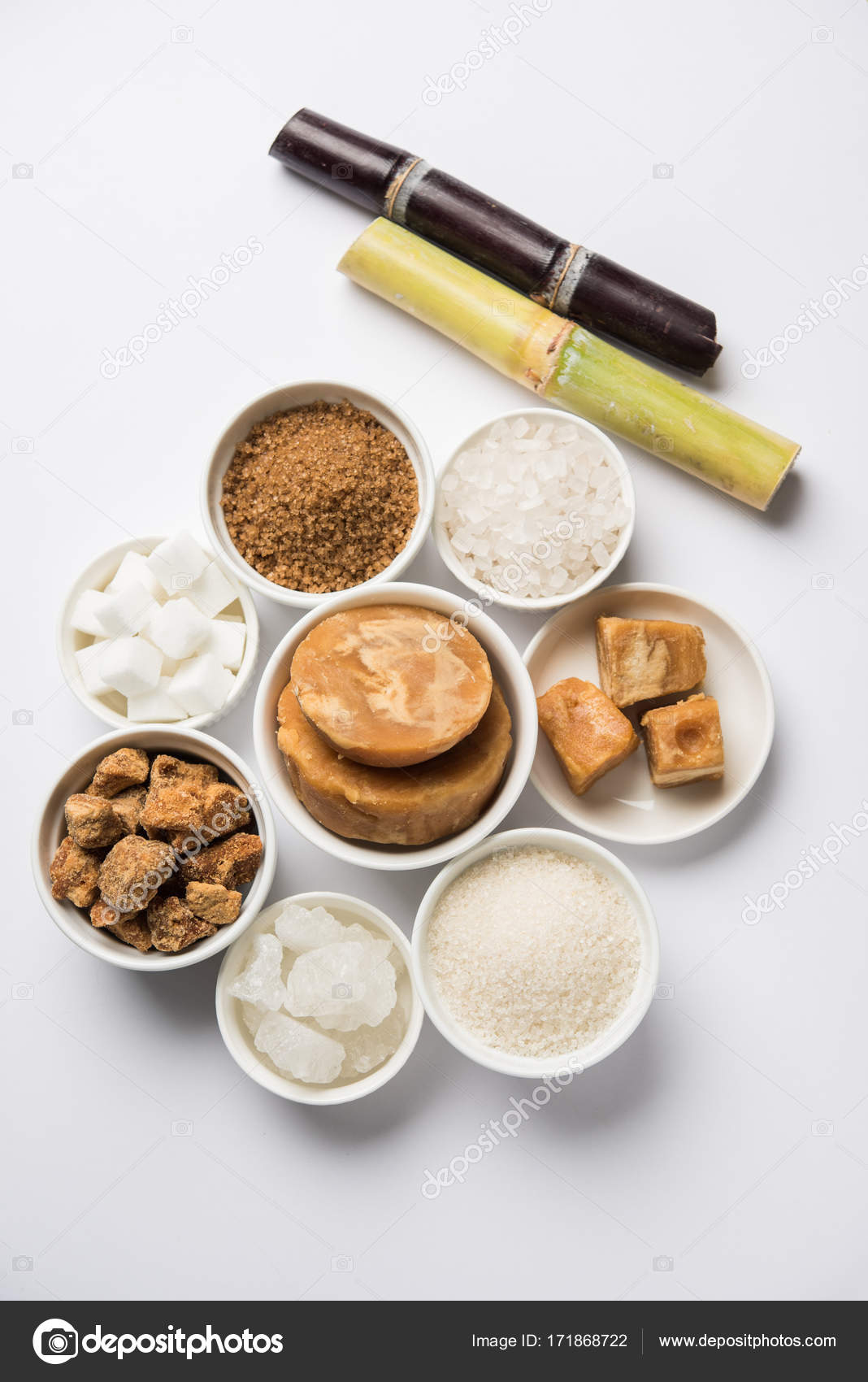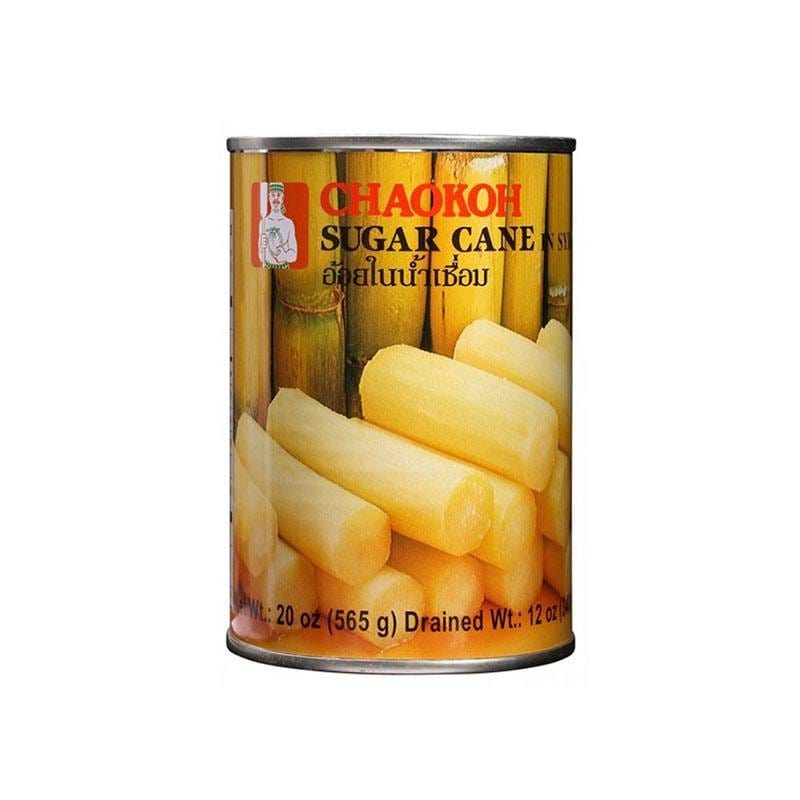Biofuels Made from sugar cane products: What to Know
The Comprehensive Trip of Sugar Cane: Understanding Supplies and Production Methods
The journey of sugar cane is an intricate process that begins in tropical areas with ideal growing conditions. Cultivation techniques are created to make the most of return and sustainability. Harvesting approaches vary from typical hand-operated methods to modern-day mechanical approaches. After harvest, sugar cane undergoes numerous handling phases to transform it right into granulated sugar. This exploration reveals not only the complexities of production however additionally the broader effects for international markets and the environment. What lies yet preliminary makeover?

The Background of Sugar Cane Cultivation
Sugar cane farming dates back thousands of years, its origins can be traced to the exotic regions of Southeast Asia, where very early farmers first acknowledged the plant's sweet sap. This exploration resulted in the cultivation of sugar walking cane as a staple plant, progressively infecting India and the Center East. By the very first millennium AD, sugar walking cane was being cultivated in these areas, where methods for extracting and fine-tuning sugar were developed.The plant gained prestige in Europe during the Crusades, as returning soldiers brought knowledge of sugar production back home. By the 15th century, the establishment of sugar haciendas began in the Caribbean, driven by the demand for sugar in Europe. The transatlantic slave labor fueled this development, as shackled labor was utilized to maximize production. Over centuries, sugar walking stick cultivation progressed, affecting economies and societies worldwide, making it a considerable farming commodity.
Growing Conditions and Agricultural Practices
The successful cultivation of sugar cane relies heavily on specific expanding conditions and agricultural methods. Perfect temperatures range between 20 to 32 levels Celsius, with well-distributed rains of 1,500 to 2,500 millimeters annually. Dirt top quality is essential; fertile or sandy dirts, abundant in natural issue, advertise healthy growth.Farmers typically use numerous agricultural techniques to improve yield. Crop rotation and intercropping are common approaches to preserve soil fertility and control bugs. Routine irrigation may be required in drier regions, making sure that the plants get adequate dampness. Fertilization, particularly with nitrogen and potassium, is essential for durable growth.Pest and weed management strategies, consisting of integrated pest monitoring (IPM), help to lessen losses. Sustainable techniques, such as very little husbandry and natural farming, are gaining grip amongst producers to shield the environment. Jointly, these aspects add considerably to the effective production of sugar cane.
Gathering Methods and Timing
In sugar cane production, the selection in between manual and mechanical harvesting substantially impacts performance and return. Timing is likewise critical, as harvesting at the suitable moment assurances optimal sugar content and lessens losses. Comprehending these variables is vital for effective sugar cane growing.
Guidebook vs. Mechanical Harvesting
Harvesting sugar walking stick entails two main approaches: manual and mechanical, each with distinct benefits and obstacles. Manual harvesting, generally performed by laborers utilizing machetes, permits greater precision in cutting and minimizes damages to the plant. It is frequently favored in regions with uneven terrain or where the plant is intermixed with various other plants, as employees can navigate these intricacies more efficiently. Nevertheless, it is labor-intensive and taxing. Alternatively, mechanical harvesting utilizes specialized machines to cut and accumulate the walking stick swiftly, enhancing performance and reducing labor expenses. This approach is matched for large-scale operations however can result in greater plant damages and soil compaction. Ultimately, the option in between guidebook and mechanical harvesting depends on different variables, consisting of financial factors to consider and ecological conditions.
Optimal Gathering Timing
Selecting the best moment to harvest sugar cane significantly impacts both return and high quality. Suitable harvesting generally takes place when the cane reaches full maturation, usually between 12 to 18 months after planting. At this stage, sucrose levels peak, making certain the most effective sugar extraction rates. Weather likewise play an essential role; collecting throughout completely dry periods can protect against damage to the cane and decrease soil compaction. In addition, monitoring the plant's shade and leaf decline can suggest readiness, as a yellowing of the fallen leaves suggests that the walking cane is ripe. Prompt harvesting is necessary, as delays can bring about reduced sugar content and raised vulnerability to pests and conditions, ultimately influencing overall production performance.
Processing Approaches: From Cane to Sugar
The processing of sugar walking cane includes essential extraction strategies that divide the juice from the coarse plant product. Following removal, the refining procedure transforms the raw juice into crystallized sugar, guaranteeing purity and top quality. Comprehending these methods is essential for understanding the journey of sugar from walking cane to last item.
Extraction Strategies Summary
Extraction strategies play a considerable duty in transforming sugar walking cane into useful sugar. The walking cane is collected and carried to processing facilities where it undergoes complete cleaning to remove pollutants - sugar cane products. The following step includes squashing the walking cane using heavy rollers, which releases the juice including sucrose. This juice is then cleared up via the enhancement of lime and heat, enabling contaminations to settle out. After information, the juice is vaporized under regulated temperature levels to focus the sugar content. Consequently, condensation occurs, where sugar crystals are developed as the concentrated juice cools. These techniques guarantee the efficient removal of sugar while maintaining the high quality needed for more processing. Recognizing these techniques is necessary for understanding the total production of sugar from sugar walking stick
Refining Refine Explained
Refining sugar from the extracted juice is a critical step that boosts its purity and top quality. This process entails a number of phases, beginning with information. The juice is heated and treated with lime and various other representatives to eliminate contaminations, resulting in a clearer liquid. Next, the cleared up juice undertakes dissipation, where water is gotten rid of to concentrate the sugar web content. The focused syrup is then taken shape by cooling, enabling sugar crystals to form. These crystals are divided from the continuing to be syrup, referred to as molasses, with centrifugation. Lastly, the raw sugar is additional fine-tuned through cleaning, filtration, and drying out, which eliminates any type of continuing to be pollutants. Completion product is the granulated sugar typically utilized in households and sectors worldwide, making certain consistency and sweetness.
Lasting Practices in Sugar Cane Production
Sugar walking stick production has actually typically counted on extensive farming techniques, there is an expanding focus on lasting practices that advertise ecological health and economic viability. Farmers are increasingly embracing strategies such as crop rotation, which improves dirt fertility and reduces parasite infestations. Integrated bug monitoring (IPM) is also acquiring grip, enabling natural predators to control pest populaces, therefore minimizing chemical pesticide use.In addition, improvements in watering approaches, such as drip irrigation, are visit their website being utilized to conserve water resources. Sustainable land administration techniques, consisting of reduced tillage, help avoid soil erosion and maintain biodiversity. Additionally, numerous manufacturers are exploring organic farming approaches, which shun artificial plant foods and chemicals entirely, fostering a healthier ecosystem.
The Global Sugar Market and Economic Effect
Sustainable methods in sugar walking stick production not just profit the atmosphere however additionally affect the characteristics of the worldwide sugar market. As customer need changes towards morally generated products, countries taking on lasting techniques acquire affordable benefits. This pattern prompts significant sugar merchants, such as Brazil and India, to integrate environment-friendly methods, thus impacting international pricing and supply chains.Moreover, fluctuations in production as a result of environment modification and environmental laws can cause volatility in sugar prices, influencing economic situations reliant on sugar exports. Regions that spend in lasting farming may experience boosted return stability, leading to far better market positioning.Economic effects expand beyond specific countries, as international trade arrangements and tolls shape the affordable landscape. Inevitably, the interplay in between lasting practices and market characteristics highlights the importance of adaptive approaches in a this website quickly transforming economic setting, influencing both manufacturers and customers in the global sugar market.
Technologies in Sugar Cane Utilization and By-products

As the need for eco-friendly resources grows, innovations in sugar walking cane usage and byproducts are transforming the agricultural landscape. Researchers and entrepreneurs are exploring novel applications that expand past typical sugar production. One considerable growth is the conversion of bagasse, the coarse deposit left after juice extraction, into bioenergy and bioplastics (sugar cane products). This not just minimizes waste but also offers sustainable energy choices for handling facilities.In enhancement, advancements in fermentation innovation have led to the production of biofuels, such as ethanol, from sugar walking cane, which adds to cleaner power options. The removal of molasses has opened avenues for developing value-added items like pet feed and specialty spirits.These developments not only enhance the financial stability of sugar walking cane growing but also advertise ecological sustainability, making sugar cane a pivotal plant in the change towards a circular economic situation. The continuous exploration of its potential proceeds to produce encouraging outcomes
Often Asked Questions
What Are the Wellness Consequences of Consuming Sugar Cane Products?
The health effects of consuming sugar walking stick products can differ. While they offer power and necessary nutrients, extreme intake might lead to weight gain, raised blood glucose degrees, and a higher threat of dental concerns. Moderation is crucial.
Exactly How Does Climate Change Influence Sugar Cane Production?
Climate modification considerably affects sugar cane production by changing rains patterns and raising temperatures. These adjustments can result in minimized returns, increased insect stress, and challenges in maintaining soil health and wellness, eventually influencing both top quality and quantity of harvests.
What Is the Function of Sugar Cane in Biofuel Production?
The function of sugar walking stick in biofuel production is substantial; it serves as a sustainable power resource, converting sugars into ethanol. This process lowers reliance on nonrenewable blog fuel sources and aids mitigate greenhouse gas discharges, advertising ecological sustainability.

Exist Any Alternative Sugar Stemmed From Sugar Cane?
Alternative sugar originated from sugar cane include molasses and cane sugar itself. These items give sweetening alternatives while preserving some dietary benefits, making them prominent choices for consumers seeking natural choices to fabricated sweeteners.
How Does Sugar Cane Farming Affect Local Communities?
Sugar walking cane farming greatly influences neighborhood areas by supplying job opportunity, enhancing regional economies, and influencing social structures. It can also lead to ecological issues and wellness problems, demanding a balanced strategy to sustainable practices - sugar cane products.